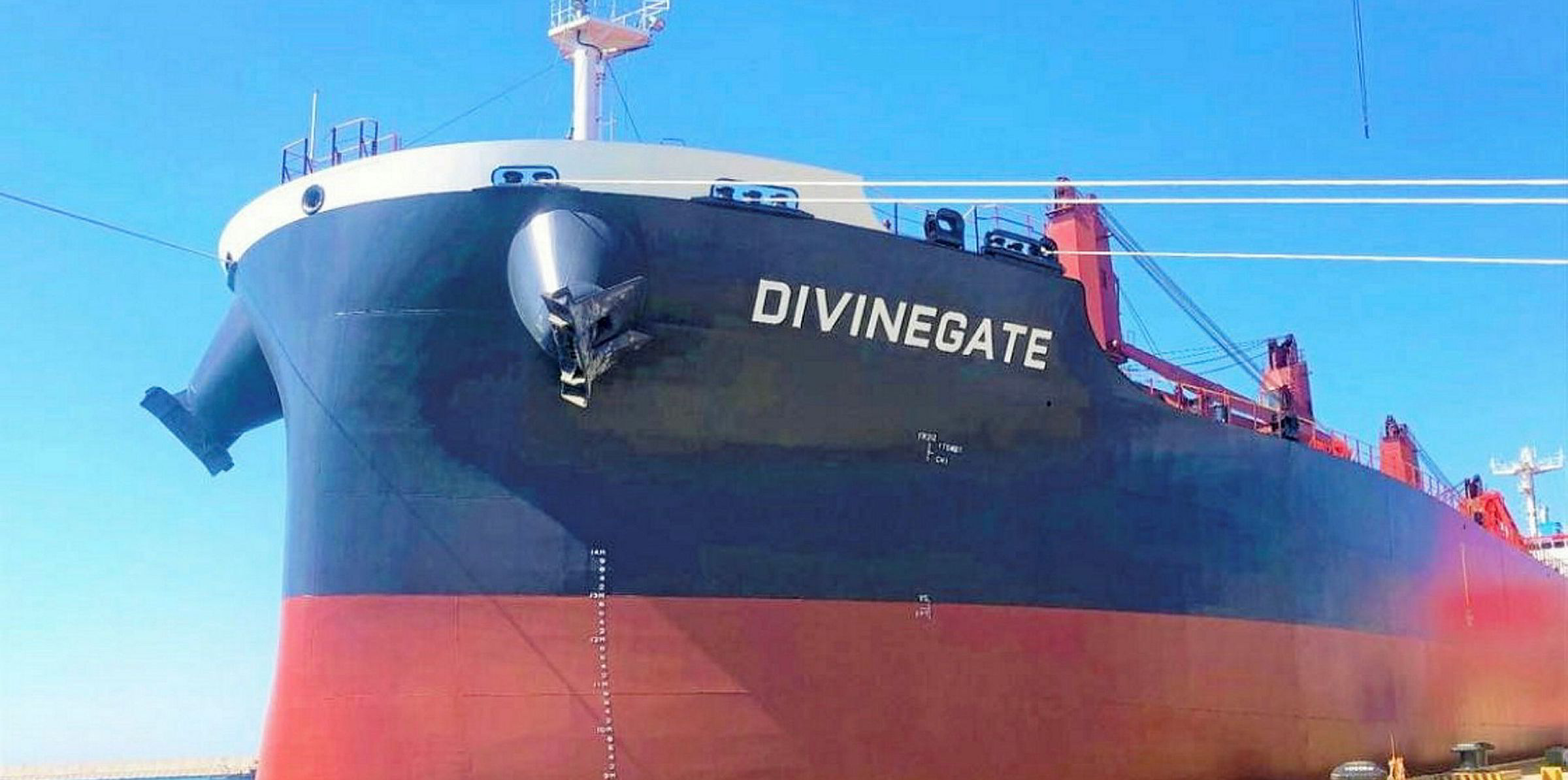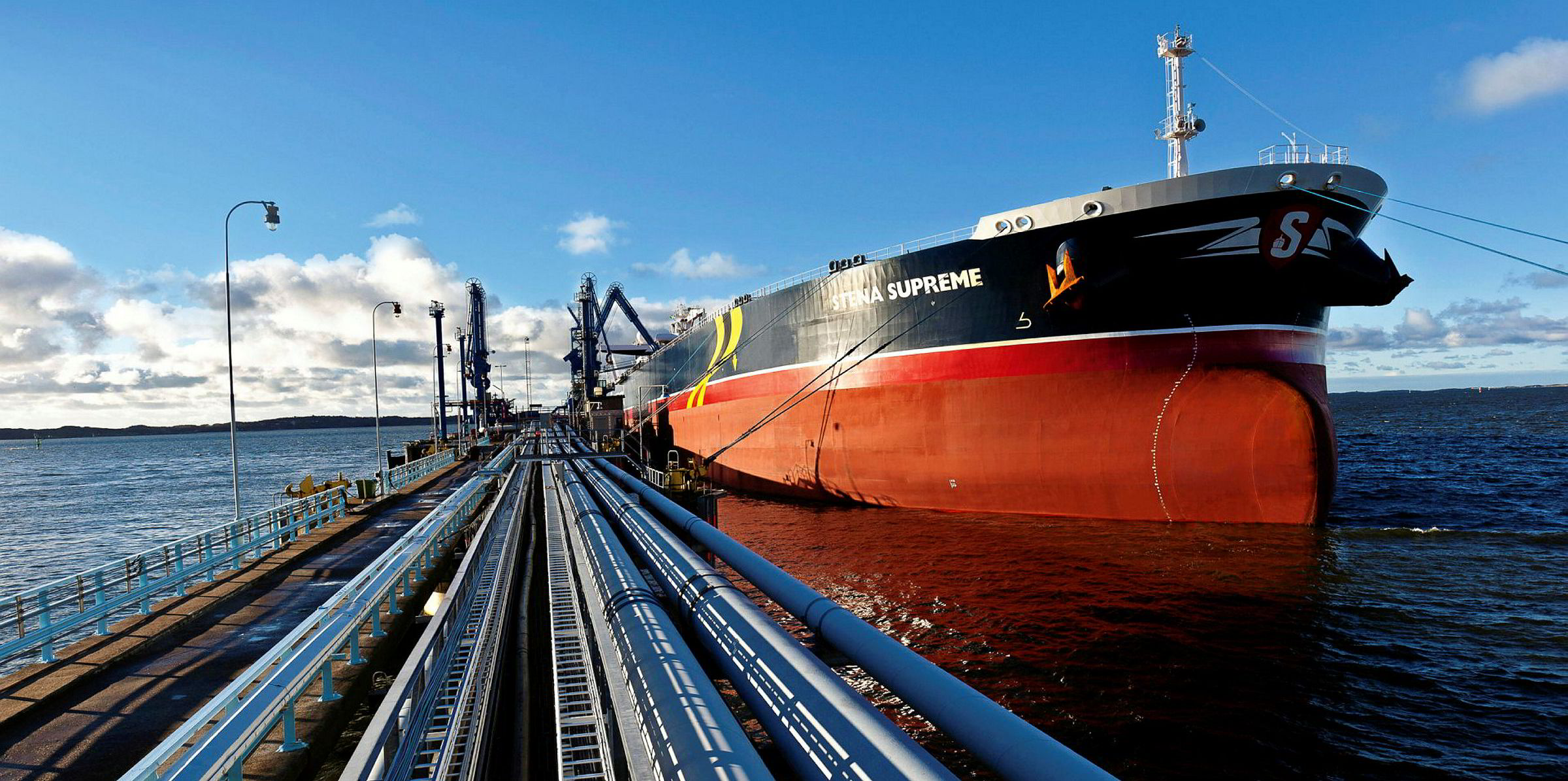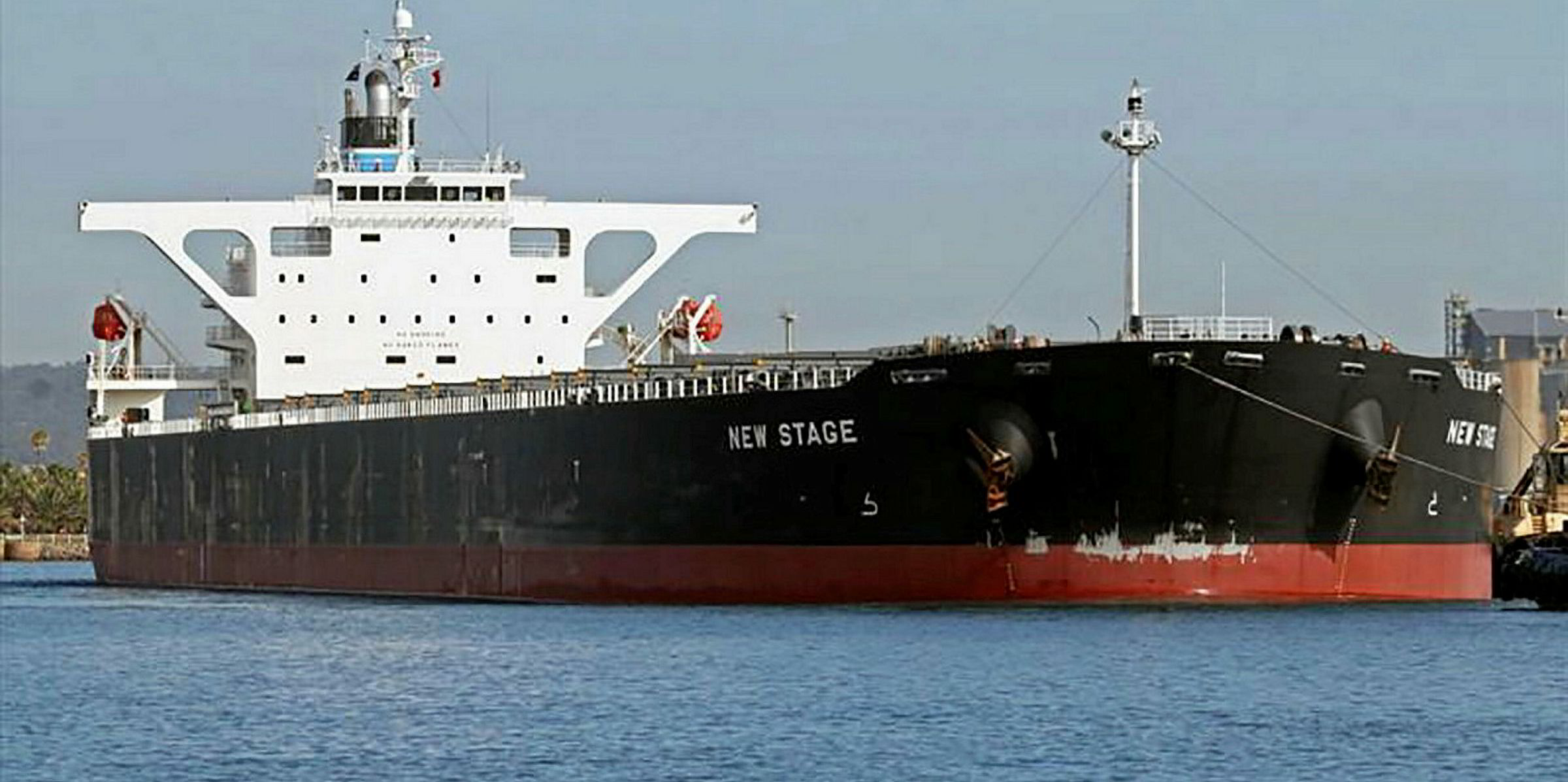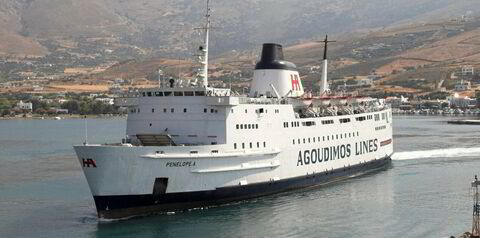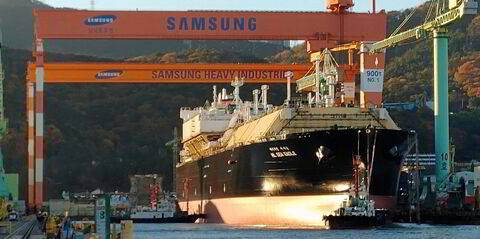Seaborne dry bulk trade will fall 4.5% this year due to coronavirus, according to Clarksons Research.
This is a steeper decline than was seen in 2009 following the last financial crisis, the UK company said in its latest report.
"While fleet growth is projected to remain subdued this year at 2.4%, the scale of the demand ‘shock’ is expected to undermine the fundamental market balance across 2020," it added.
The first half saw markets reduced to historically depressed levels due to lockdowns, Clarksons Research said.
Average bulker earnings were down 29% year on year to $6,500 per day.
There is potential for a more positive second half, its researchers said, but the outlook remains challenging.
Iron ore trade is projected to remain steady this year, whilst grain trade should avoid major disruption.
"However, seaborne coal trade looks to have declined by circa 15% year on year in recent months as demand from India, Europe and other regions has contracted markedly due to Covid-19 related factors," the shipbroker said.
Minor bulk trade is projected to fall sharply by 7% this year.
Fleet supply in check
"On the supply side, bulker fleet growth is projected at a moderate 2.4% in 2020, in other times a very 'manageable' pace of growth, Clarksons Research said.
Slower operating speeds - down 1.5% so far this year - and the impact of ships taking time "out of service" for scrubber retrofitting - estimated at 0.9% of capacity on average in 2020 - will absorb some supply, but are not expected to be sufficient to provide significant market support, it added.
Non-scrubber-fitted capesizes averaged just $4,000 per day in the first six months.
But this size of vessel has seen firm gains in mid-June, with earnings topping $20,000 per day on the back of improved Brazilian iron ore exports and a shortage of Atlantic tonnage.
Overall, the second half could see more positive market trends, on the back of improving Brazilian ore supply, encouraging economic trends in China, and seasonal factors.
"However, the dry bulk market remains exposed to impacts from the severe global economic recession this year," the company cautioned.
Growth forecast for 2021
Its initial projections for 2021 suggest a rebound in dry bulk tonne-mile trade growth of about 5.5%, with fleet growth at 1.3%, although with debate growing over the potential shape and strength of the global economic recovery, uncertainty over the outlook remains.
Clarksons has also issued port call data this week, suggesting trade is holding up reasonably well for most of the commodities shipped by large bulk carriers, like iron ore and grain, though partially offset by weakness in the coal trade.
Port calls by large bulkers have been running at about a 2% decline year-on-year in June, compared to a 7% to 8% drop seen for the broader industrial shipping space.
"The key narratives driving the bulk trades have been the Chinese hunger for raw materials, and the limited supply of iron ore available from Brazil," said Clarksons Platou Securities head of research Turner Holm.
Movements of big bulk carriers into China are running about 9% higher year-on-year in June, offsetting softness in India, Japan, the US and Europe.
"Until recently, there have been limited available quantities of iron ore out of Brazil, a key exporter. However, the port call data shows a burgeoning expansion of Brazilian exports by capesize vessels," he added.
"This trend of rising Brazilian exports, led by Vale, is expected to continue into the second half of 2020, with some risk remaining around Covid-19 containment in Brazil."
